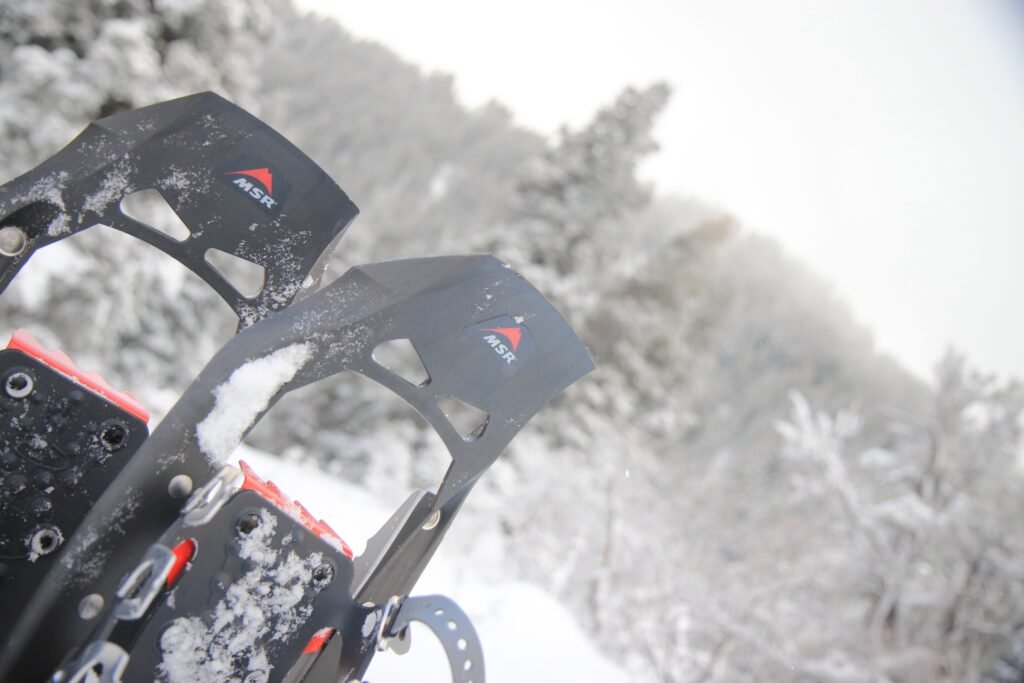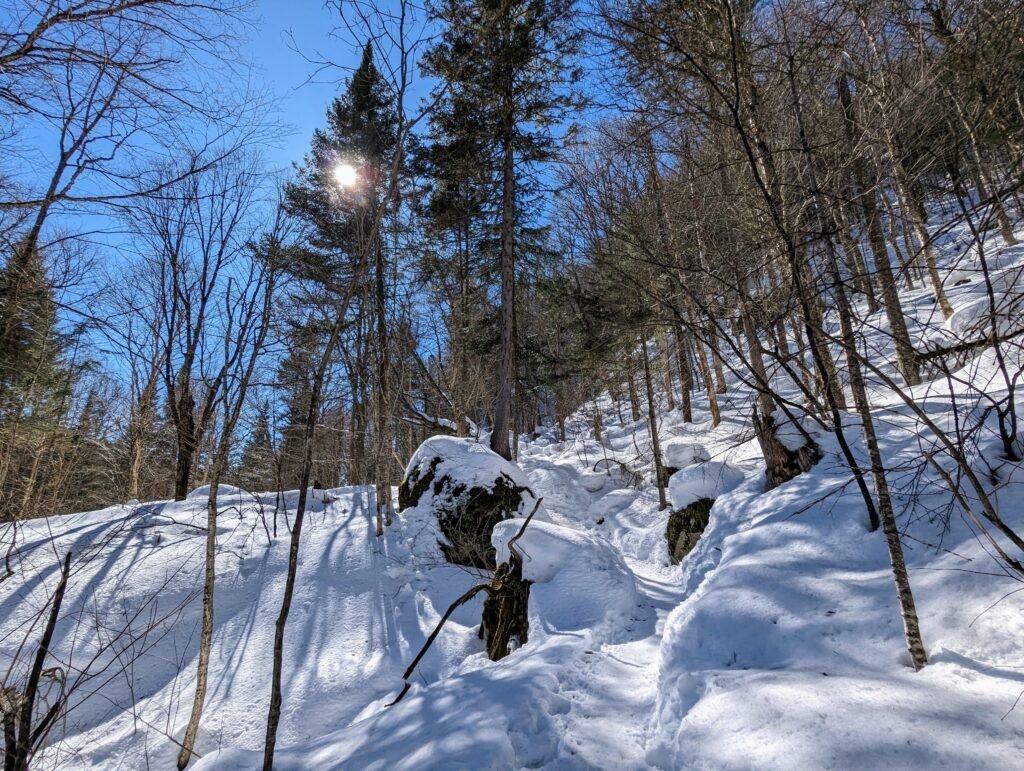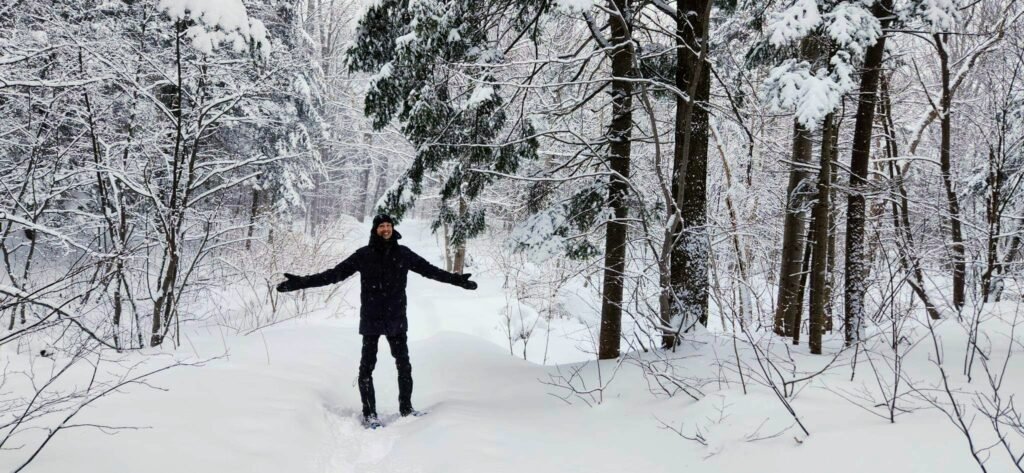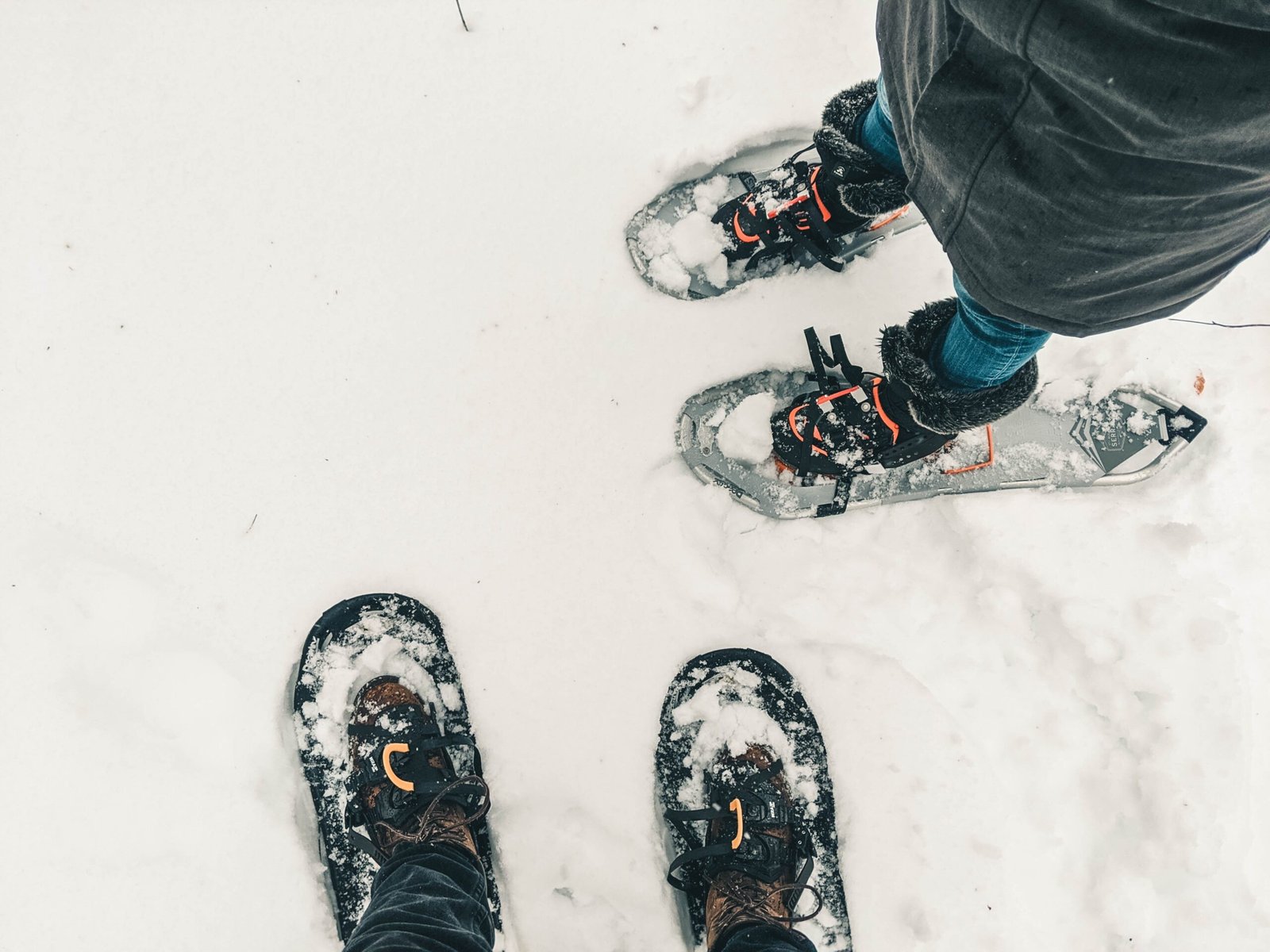Welcome to the wonderful world of snowshoeing! Whether you are an outdoor enthusiast looking for a new winter activity or someone who simply wants to enjoy the beauty of nature during the snowy season, snowshoeing is a fantastic way to stay active and explore the great outdoors. In this beginner’s guide, we will provide you with 10 essential tips to help you get started on your snowshoeing journey.
Choose the Right Snowshoes

Before hitting the trails, it’s important to invest in a pair of snowshoes that suit your needs. Consider factors such as your weight, the type of terrain you plan to traverse, and the snow conditions in your area. Renting snowshoes is also an option if you want to try it out before making a purchase.
Dress Appropriately
Layering is key when it comes to dressing for snowshoeing. Start with a moisture-wicking base layer, add an insulating mid-layer, and top it off with a waterproof and breathable outer layer. Don’t forget to wear warm socks, insulated gloves, a hat, and sunglasses or goggles to protect your eyes from the glare of the snow. You can also bring hot pads for your hands or feet. To be comfortable is important for enjoyment!
Use Trekking Poles

Trekking poles provide stability and support while snowshoeing, especially on uneven terrain. They help distribute your weight and reduce stress on your joints. Make sure to adjust them to the proper length and use the wrist straps for added security.
Learn the Proper Technique
While snowshoeing may seem straightforward, there is a technique to it. Practice a natural walking motion, taking slightly wider steps to avoid stepping on your own snowshoes. Use your poles to help propel yourself forward and maintain balance.
Start with Easy Trails

As a beginner, it’s important to choose trails that match your skill level. Look for well-marked and groomed trails with gentle slopes. Starting with shorter hikes will allow you to gradually build up your endurance and confidence. It can also be a good idea to start with a known location, for example a park that you visit in the summertime. It can be reassuring since you know what to expect and it’s a way of seeing the place under a whole new light!
Check the Weather Conditions
Prior to heading out, check the weather forecast and trail conditions. Avoid venturing out in extreme weather or during avalanche conditions. It’s also a good idea to inform someone about your plans and expected return time.
Stay Hydrated and Fuel Up
Snowshoeing is a physically demanding activity, so make sure to stay hydrated and fuel your body with snacks or energy bars. Pack a water bottle or hydration bladder and drink regularly throughout your adventure.
Be Prepared for Emergencies
Carry a small backpack with essential items such as a first aid kit, a headlamp, a map, a compass, and a whistle. Familiarize yourself with basic wilderness first aid and know how to use your equipment in case of an emergency.
Respect Nature and Wildlife

When snowshoeing, remember to respect the environment and wildlife. Stay on designated trails, avoid trampling vegetation, and do not disturb or feed animals. Leave no trace and take all your trash with you.
Join a Snowshoeing Group or Class
If you want to enhance your snowshoeing skills and meet like-minded individuals, consider joining a snowshoeing group or taking a class. It’s a great way to learn from experienced guides and make new friends who share your passion for the outdoors.
Conclusion

Snowshoeing is a fantastic winter activity that allows you to explore snowy landscapes and stay active during the colder months. By following these 10 essential tips, you’ll be well-equipped to embark on your snowshoeing adventure. Remember to start slow, choose the right gear, and always prioritize safety. So, grab your snowshoes, bundle up, and get ready for an unforgettable experience in nature’s winter wonderland!
Need help choosing your first snowshoes? Check out this page

